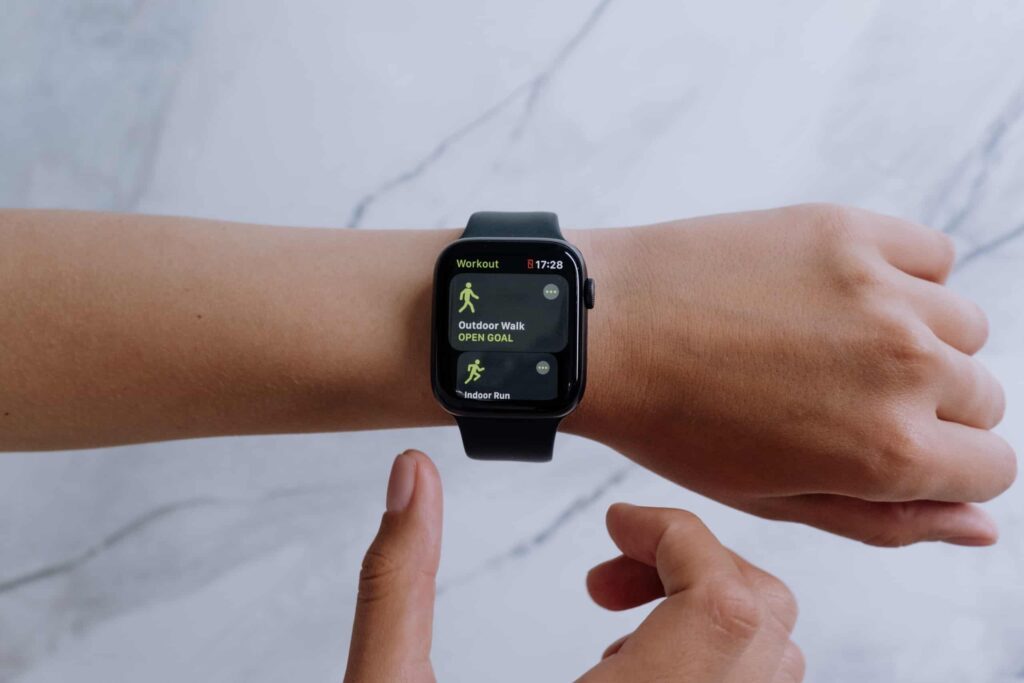Regardless of the impact COVID-19 has had on how patients communicate with their healthcare providers, the rising trend of self-service healthcare is here to stay. You may have noticed many of your own doctors’ offices have continued to offer automated, patient-driven services like chatbot-mediated registration, online portal enhancements, or mHealth apps.
This increased trend of self-participation, where patients control more aspects of their healthcare communication, has put pressure on product strategists to provide digital solutions that create the best possible experiences for those involved.
The demand is real
People are more engaged with self-service solutions than ever before. In general. 40% prefer self-service to human interaction and 77% think self-service offers the best chance of having a good experience.
But consider this – of the 10 emerging trends in healthcare for 2021, three are:
- Personalization of care
- Virtual care
- Artificial intelligence or automation
In addition to sustained interest in virtual care, especially for routine and mental health appointments, this Kyruus survey details how convenience and cost are valued more by patients than pure loyalty to providers. Patients are demanding more care options from their providers, using technology to help uncover information that may help them. So, why is this happening?

A need for better communication
Some of the biggest pain points for both healthcare providers and patients involve the registration and check-in processes. Outdated, often hard-to-read paper forms are being replaced by the faster alternative of online registration. By allowing new patients to register ahead of their appointments on their own time, office staff don’t have to deal with the burden of paperwork, which adds to potential wait times in a busy office. Other technological advances that are improving communication during the check-in process include:
- Online automation at a hospital or doctor’s office, including mobile check-in options
- Integration of patient data, making records available to all of a patient’s doctors, hospitals, pharmacies, and insurance companies. This expedites the check-in process, improves patient care, and help decrease potential risks
Willingness to share
As this Deloitte survey points out, patients are willing to share their data in exchange for technologies that improve their health outcomes and communication with healthcare providers. It’s a logical trade-off – sharing records and performance data from mHealth apps with doctors can promote more informed and effective decision-making.
The convenience factor
People make daily transactions on their phone for most goods and services. They order food, pay bills, exchange money online or through apps. If this is happening in other industries, then why can’t similar transactions be made in healthcare? For patients, convenience and choice are no longer a nice-to-haves, they are expected.
As a result, patients are choosing providers who offer a range of digital services designed to expedite the administrative process and enrich their healthcare experience.

The rush to get it right
Healthcare providers and health tech startups are aware of the push for more self-service options and are adapting their services. However, it’s not as easy as updating a website or digitizing a patient form. Not employing the correct strategy can cause digital solutions like mHealth apps to fail and prevent meaningful engagement for continued use.
If providers succeed in creating self-service options, it will be because they’re providing patients with the choice and convenience they need. They will also need to strategize on how to distinguish their products and services from others, through cost and time savings, patient data gathering, and customer experience. This is where having an experienced and strategic technology partner can help.
Learn more about how MindSea can bring digital product strategies to life by developing health and wellness solutions that engage users and optimize their experiences.



